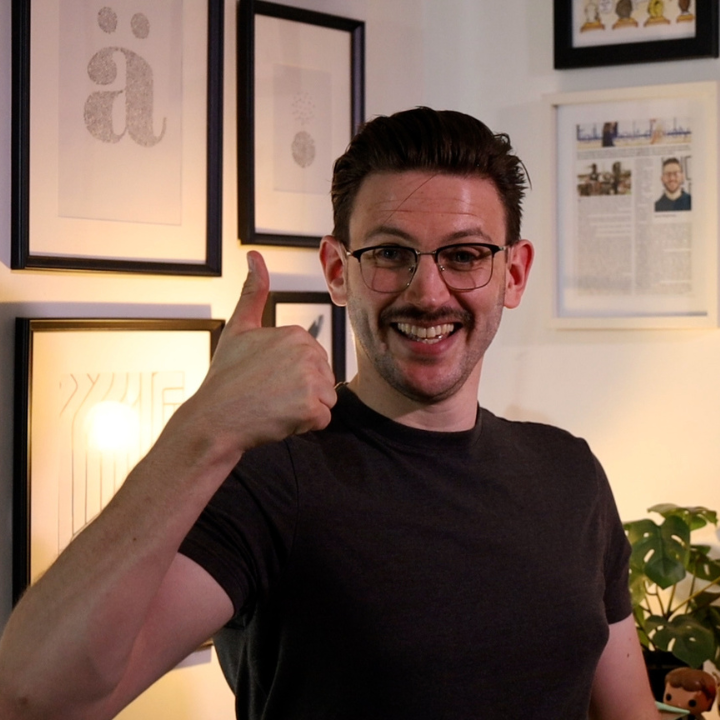Bridging the Gap: How Work Is Planned vs. How It’s Really Done

Overview
In many workplaces, a gap exists between how managers perceive work is done (known as Work as Imagined) and how it’s actually done by employees (referred to as Work as Done).
In this post, Risk Fluent shares five simple, practical tips that anyone, from managers to safety pros, can use to build trust, improve communication, and make work safer and smoother for everyone.
Bridging the Gap: How Work Is Planned vs. How It’s Really Done
Have you ever noticed how plans often don’t align with what actually happens in real life? There’s usually a big difference between how managers think work gets done (called Work as Imagined) and how people actually do the job every day (called Work as Done).
When we understand this gap and find ways to shrink it, we can make work safer, easier, and better for everyone.
Here are five simple and powerful ways to do that.
1. Listen More Than You Talk
It may sound simple, but it’s so important. Managers and safety teams often feel pressure to have all the answers. But instead of jumping in with solutions, try listening.
When someone tells you about a problem, they often want to be heard. By listening carefully, you’ll learn how things really happen and identify issues before they become significant problems.
Tip:
Next time you visit a site, ask a worker how they do a task, then listen without interrupting.
2. Run Learning Workshops
Want to know more about how work really happens? Set up regular workshops or “learning teams” with your team.
Get workers together in a safe space to talk about:
- What went wrong?
- What went well?
- What could go wrong?
This helps you learn from both successes and mistakes. You don’t need fancy tools, only good conversation and a willingness to learn.
Tip:
Try running a “pre-mortem”. Ask your team, “If this project failed, what would be the reason?”
3. Involve the People Doing the Work
It’s shocking how often plans are made without asking the people who will actually do the job. The truth is, they know best.
If you’re writing a method statement or designing a machine layout, include the doers. They can help you spot problems early and suggest better ways to do things.
Tip:
In every planning meeting, ask: “Who on the front line can we invite into this conversation?”
4. Observe to Learn – Not to Blame
Observing work shouldn’t feel like a test. Too often, it turns into an audit or a blame game. Instead, observe to understand.
Don’t bring a clipboard. Simply ask to observe someone working for a few minutes and let them demonstrate their approach. Most people take pride in their work and are happy to share it with others.
Tip:
Ask: “Can you show me how you do that task?” Then watch, take notes (if needed), and thank them.
5. Use Convo Cards to Start Real Conversations
To help people talk more openly at work, Risk Fluent created Convo Cards, a deck of over 30 open-ended questions designed to spark meaningful conversations.
They’re easy to use:
- Pick a card
- Ask a teammate the question
- Listen and take simple notes
You can give one deck to each manager or share one around the team. Use them during safety walks or team check-ins to reinforce safety protocols and ensure a consistent approach to safety. No apps, no forms, only real talk.
Example question:
“What’s the hardest part of your job?”
These brief conversations can lead to significant insights.
Final Thoughts
Understanding the gap between Work as Imagined and Work as Done isn’t about being perfect. It’s about being curious, open, and willing to learn.
Start small. Listen more. Ask better questions. And most importantly, include the people who do the real work every day.
Ready to talk?
Let’s get together on a call to see where we can support you and add value to your business with structured health & safety consulting.
Let’s talk
For a quote, complete the form below and arrange a discovery call where we can chat though your requirements.

Has over 12 years of experience in safety and fire across various industries like healthcare, housing, and manufacturing. As the Managing Director at Risk Fluent and host of the “Rebranding Safety” podcast and YouTube channel, he is committed to making safety discussions engaging. James’s innovative approach and dedication to rebranding safety have made him a respected figure in the field.





